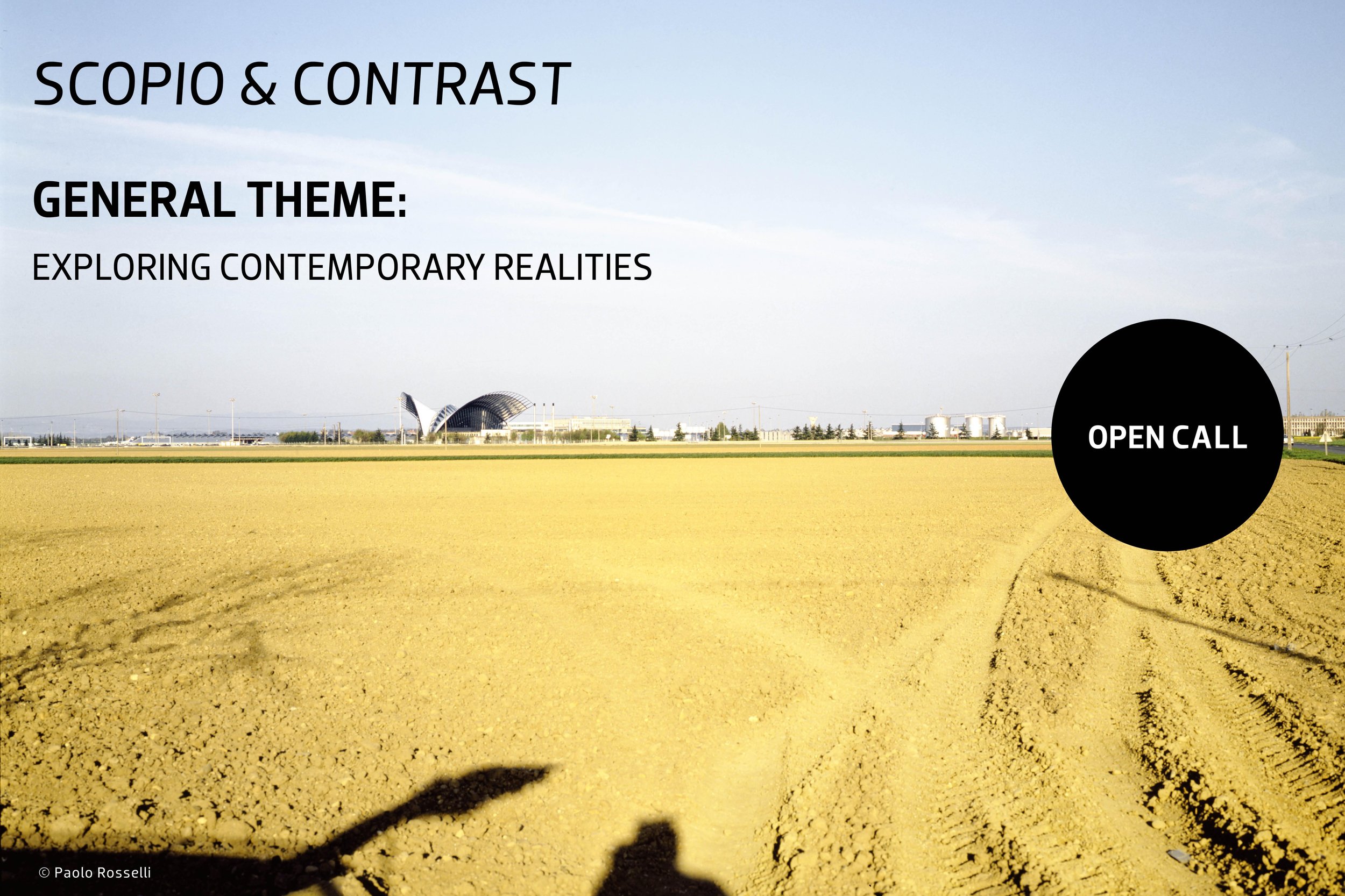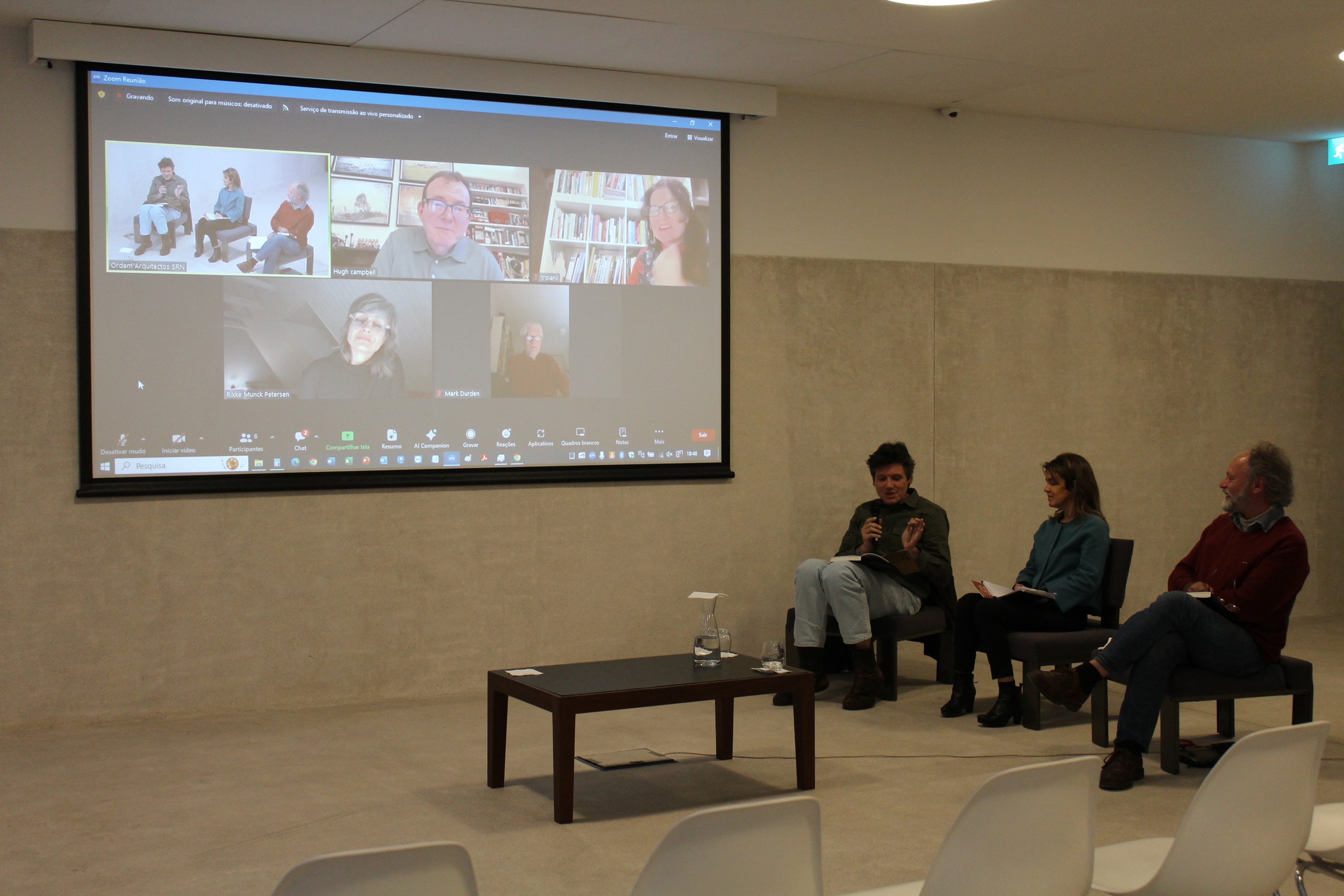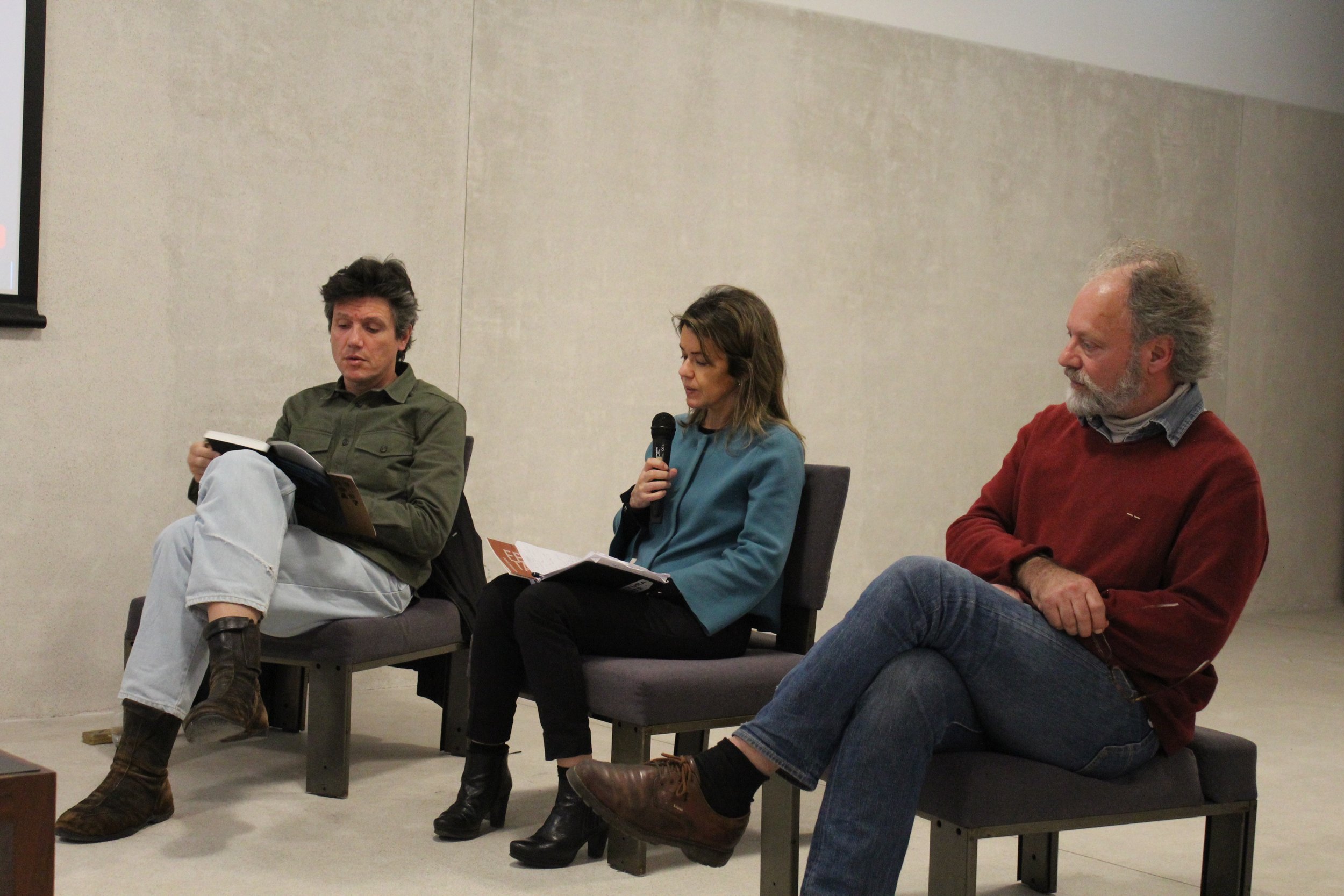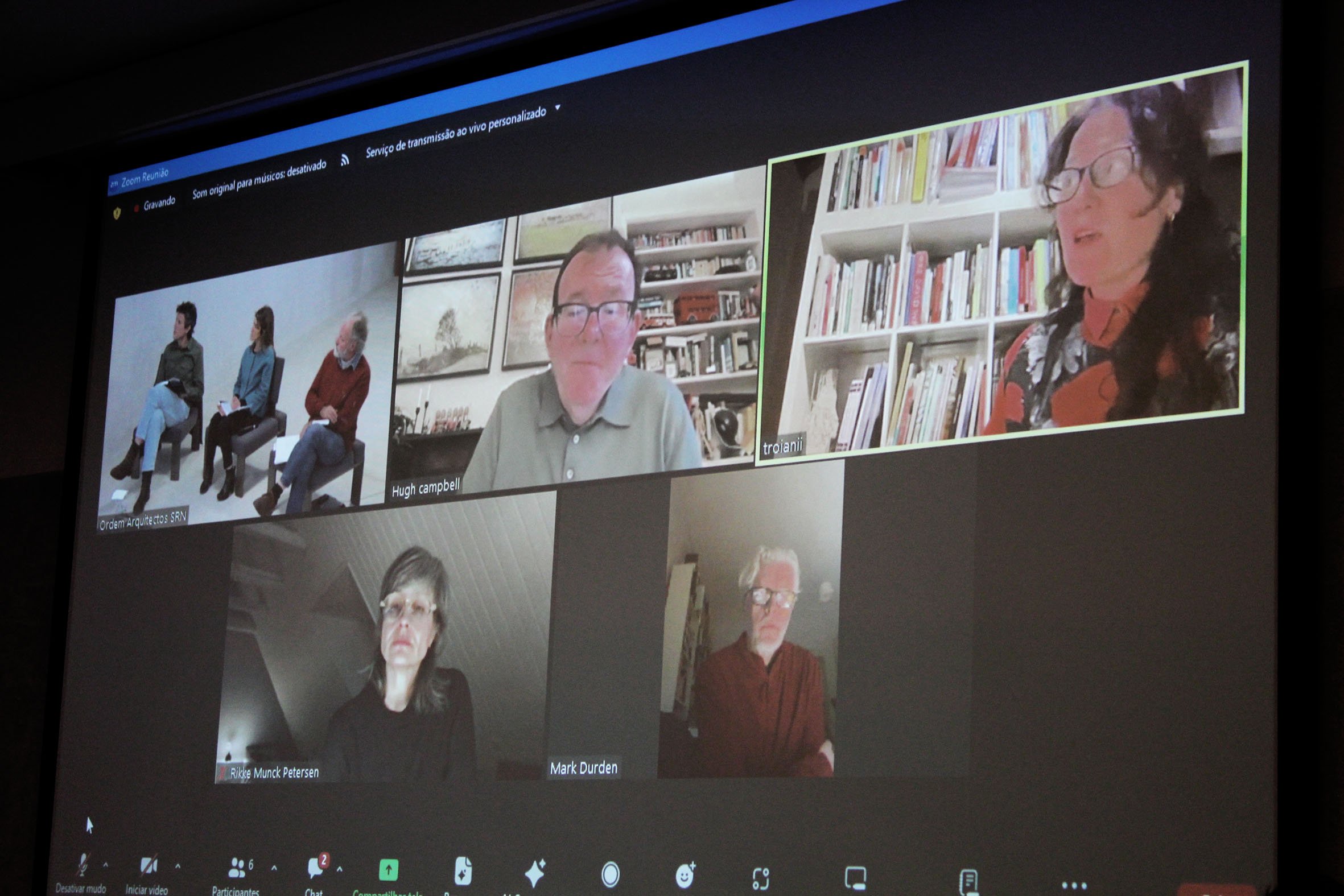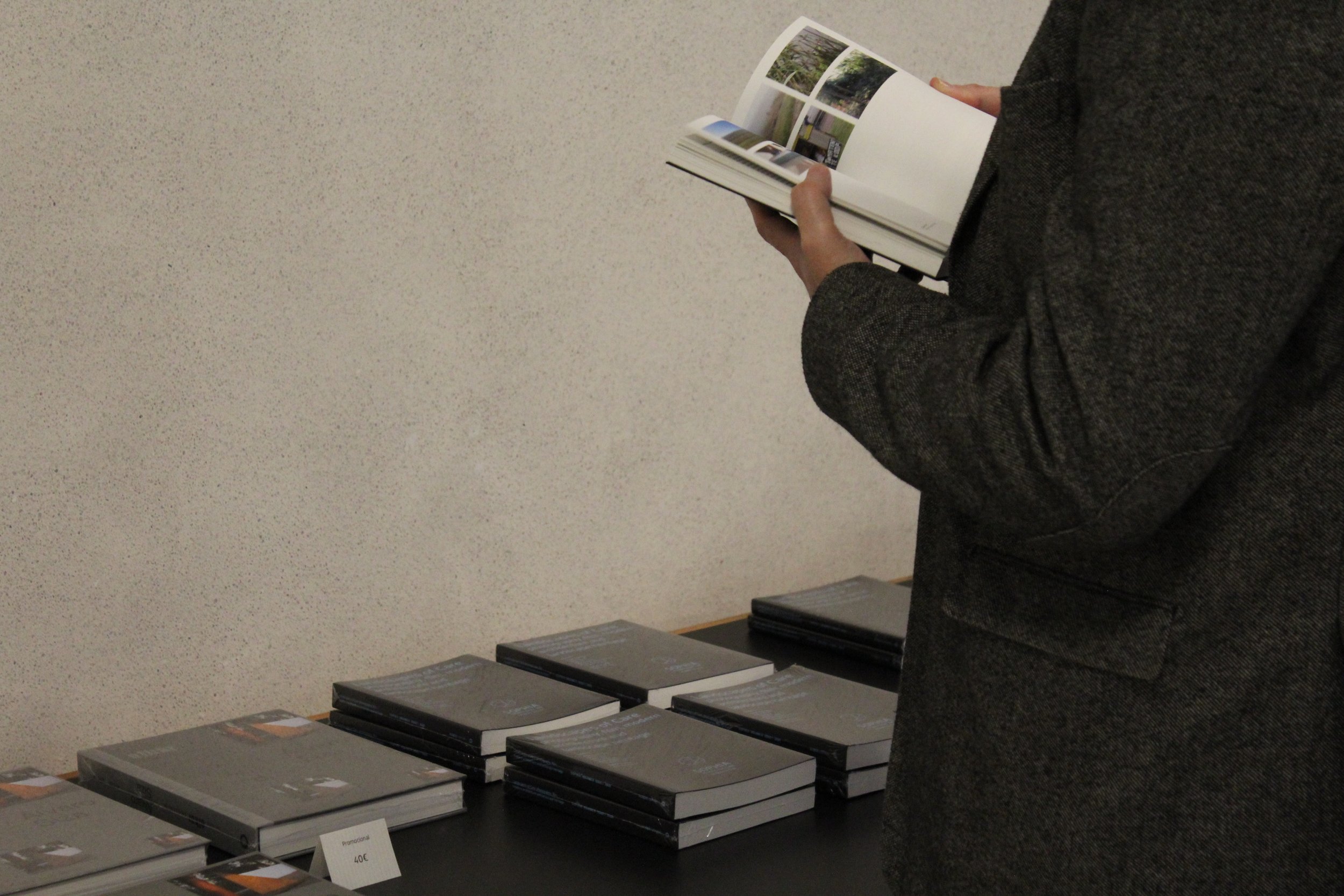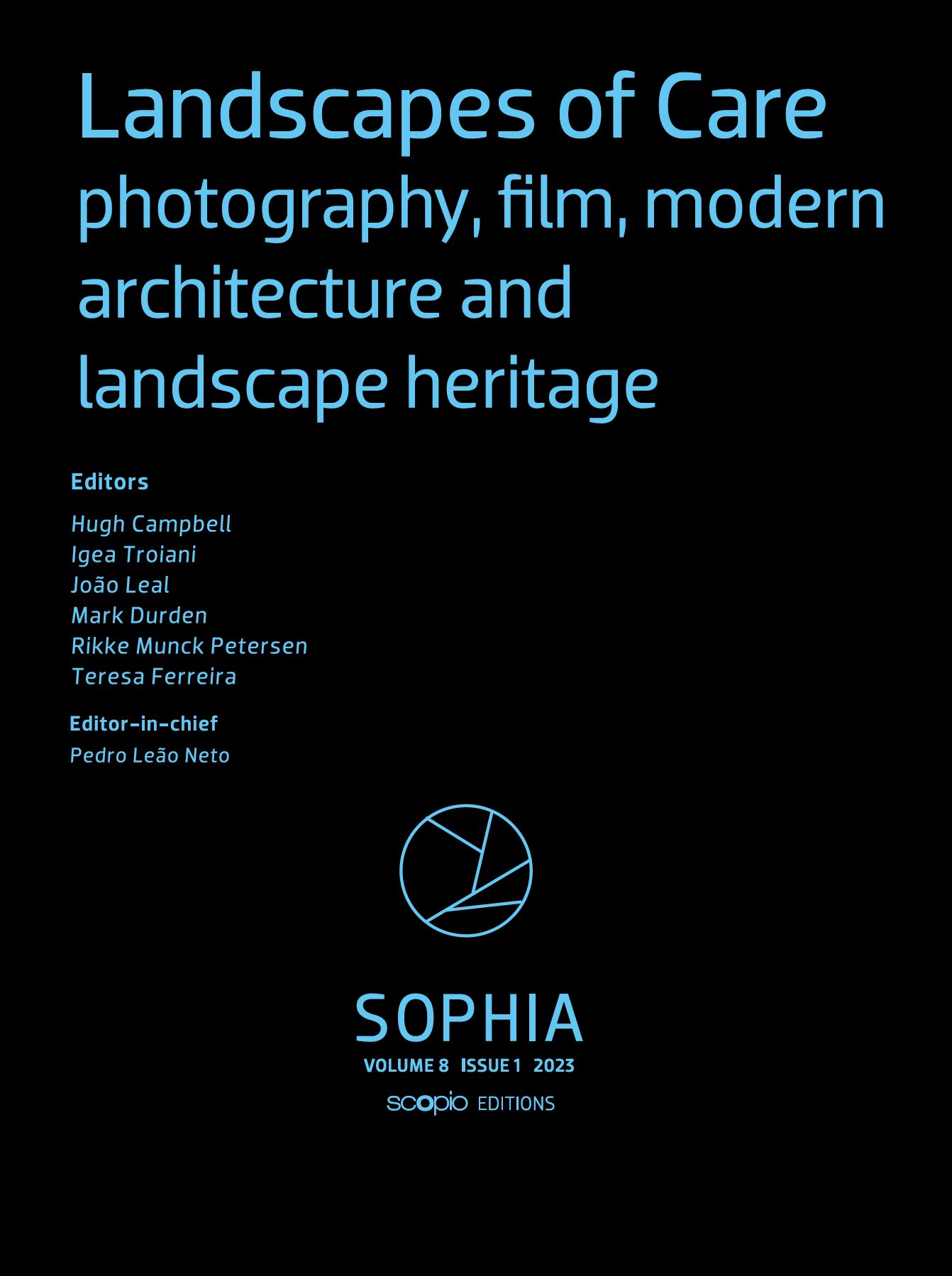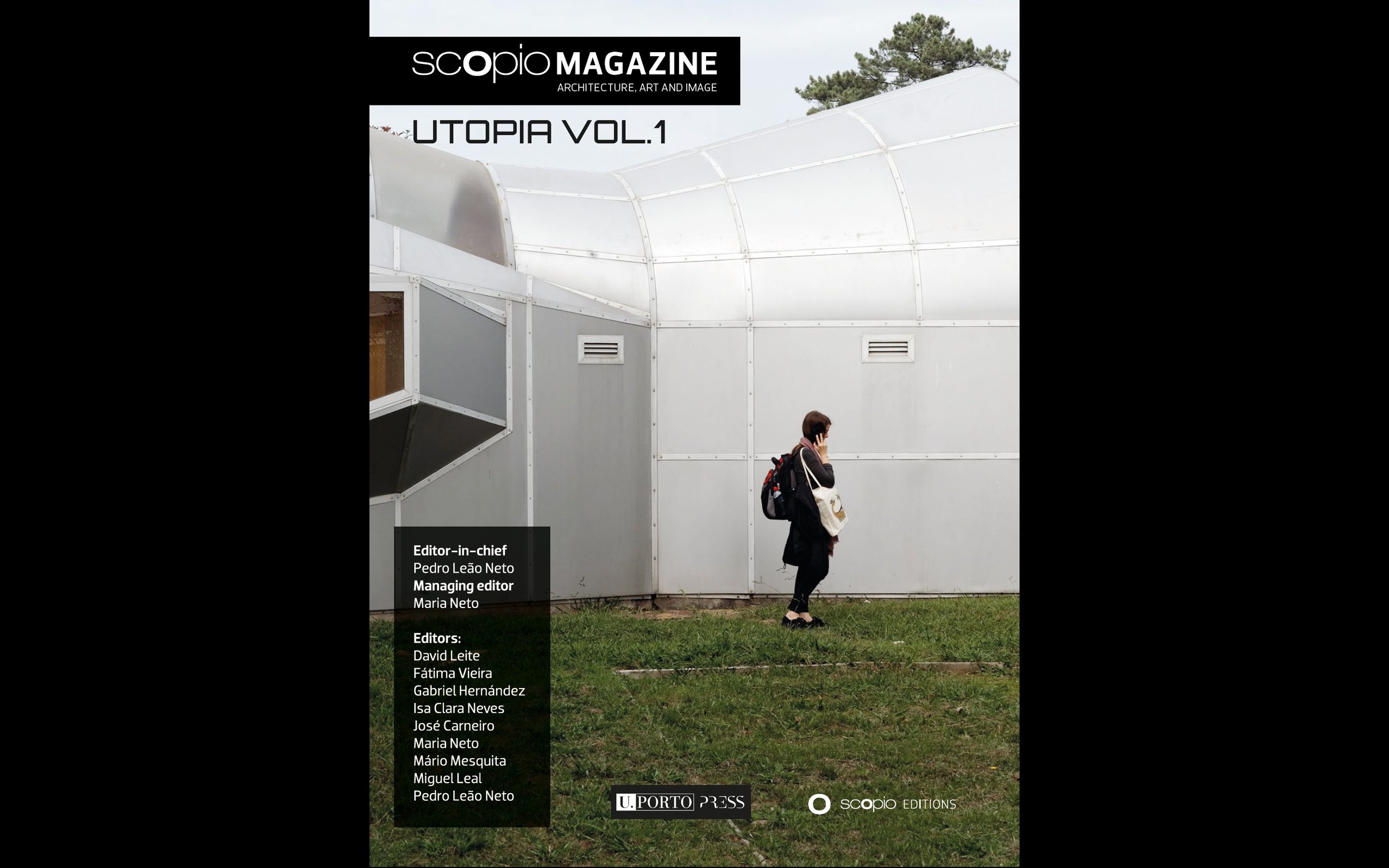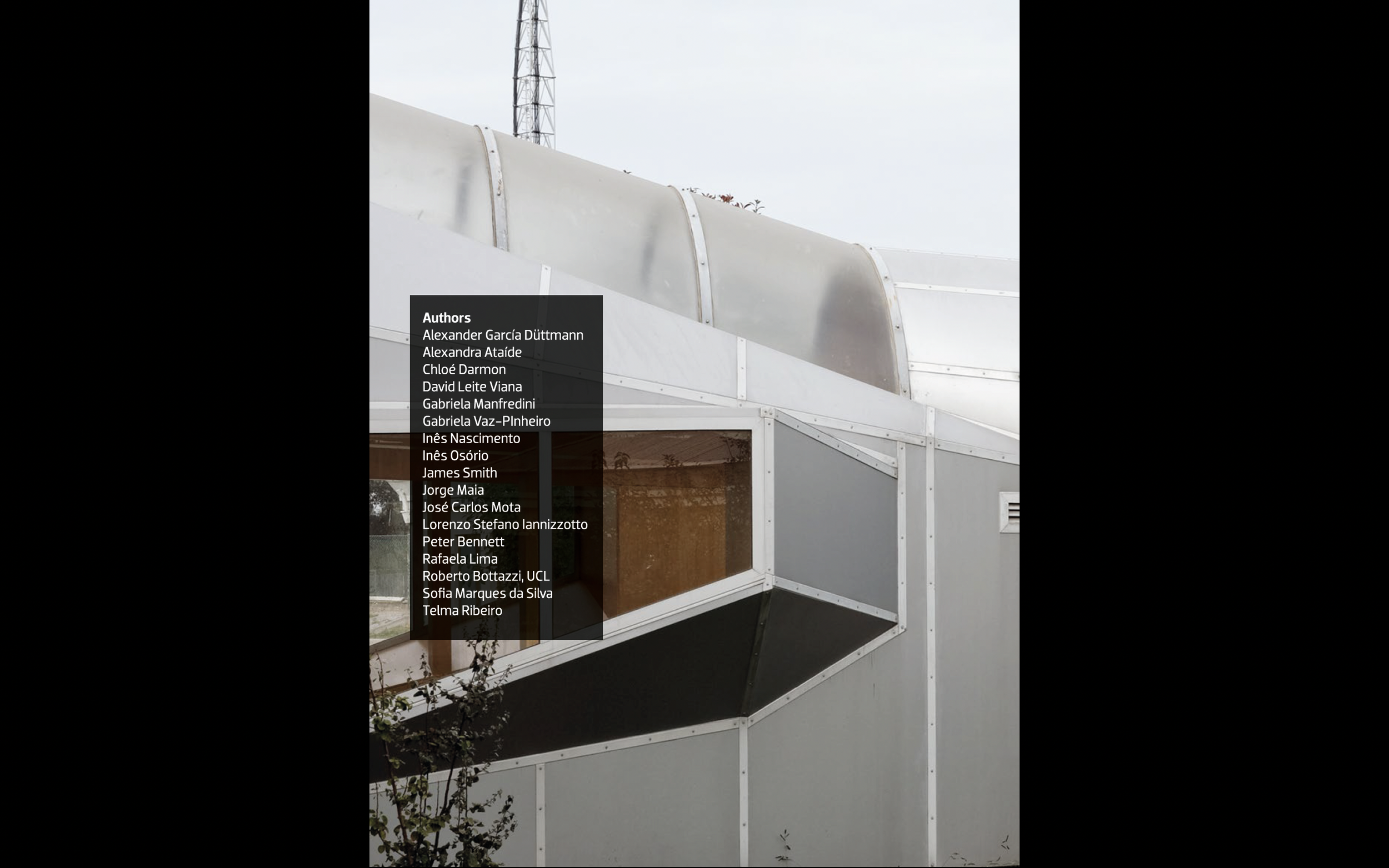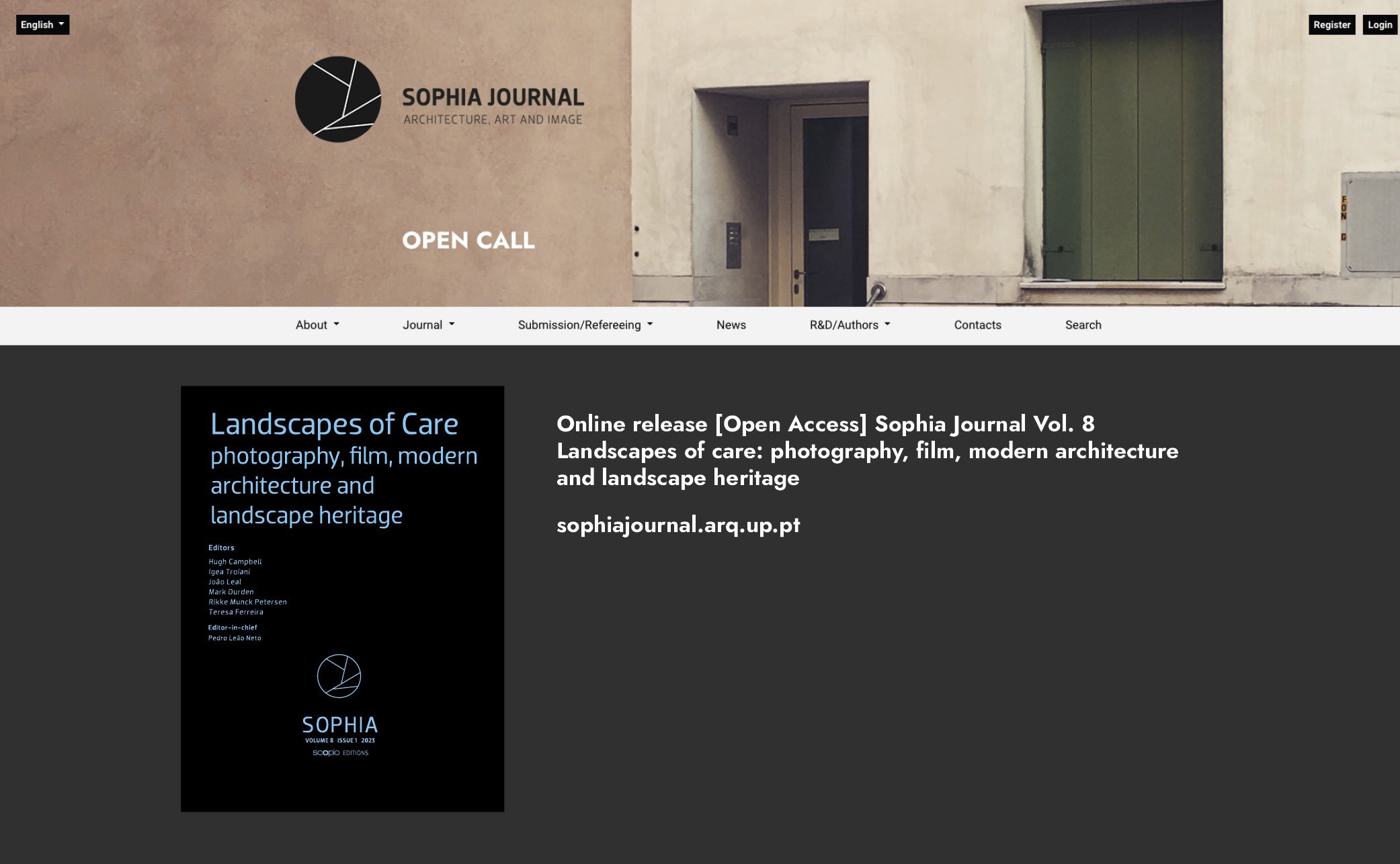OPEN CALL | "EXPLORING CONTEMPORARY REALITIES"
With this Open Call "Exploring Contemporary Realities", we launch the annual major theme of interest for scopio Magazine AAI – Exploring Contemporary Realities, Volume 2, and initiate a new collaboration with the project Contrast: Multidisciplinary network of artistic initiatives in Art, Architecture, Design and Photography through SCOPIO & CONTRAST International Conference.
The call will have as responsible Editors academics / artists coming from both scopio Magazine AAI and the Contrast project. This editorial team will ensure the necessary peer review work through the U. Porto OJS platform.
scopio Magazine AAI will be, in this way, the official publishing academic periodical for International Conference SCOPIO & CONTRAST and the submissions are both for the Conference and its 2nd volume in partnership with Contrast addressing the theme Exploring Contemporary Realities.
Scopio Magazine AAI is transitioning to continuous publication to better align with the dynamics of Open Access electronic publishing, moving away from the constraints of its previous model geared towards traditional print formats. This shift aims to expedite the dissemination of research to the community, offering immediate benefits to both readers and authors by ensuring quicker access to new findings. The adoption of a continuous publication strategy enhances the open review process by reducing the time from submission to publication and by boosting the visibility of individual contributions, thus fostering greater engagement and dissemination within the scholarly community.
The present call aims to explore the use of photography and other means of visual representation as forms of artistic research, documentation, and analysis of different configurations on the transformation of the physical environment and how it is understood and shaped by a diverse field of study, practices and cultures. This means, besides other things, to better understand through photography and film the relationship between culture and space and explore how culture, beliefs, behaviours, and practices, interacts with and shape the physical environment of different territories and their architectures, cities and landscapes, as well as to acknowledge contemporary discourses and usages of landscape concepts[1].
Social transformations are linked to changes in the inhabited place, and recent history has revealed the speed with which space changes. These transformations have been so radical that regular documentation about the impermanence of the place has become urgent. In fact, places are uncertain spaces and to represent them visually is to preserve their understanding, recent life experiences such as the gentrification of large cities or the health crisis have imposed profound changes on contemporary life models and, consequently, allowed the creation of previously unthinkable photographs. This is where the “Exploring contemporary realities” is located, artistic projects and documentary projects that operate from the expanded field of architecture, art and design from its actual materialization to the experiences of the place; exploring different levels of privacy, scales and urban landscapes. Focusing also on the exploration of the discursive space that operates in broader systems: sociocultural, political, historical and even technical.
If we accept the image as a kind of visual language2 , disseminated and received in different geographic points, this call extends this dialogue, opening up to the integration of different looks of cultural identities from other regions, places and countries; the specificity of the place as a way to increase our understanding of society and the territory. The objective is to encourage the use of images for the construction of artistic projects that promote critical views on the transformation of the physical environment as a result of the way they are perceived and experienced in their multiple facets. In summary, the aim is to take advantage of the current role of the image as a way of expanding knowledge with a particular focus on photography, recognized as a privileged means of expression and research for the understanding of architecture and urban landscapes and for the construction of the imaginary; between document and fiction; reproduction and manipulation; analogue and digital visual representation as a means of crossing different disciplines, blurring artistic boundaries.
The call is interested in the construction of artistic projects and theoretical essays using photography and film as a way of communicating the experience of space, questioning how people live and work, as well as architectural practices and urban landscapes. We want to encourage students and researchers to develop projects that are not limited to documenting and describing reality, but to deepen knowledge that enhance the construction of more effective and meaningful ways of understanding our relationships with the territory, even anticipating a possible future. It is intended to develop visual essays based on conceptually and artistically strong photographic artistic practices.
We are open to submissions that explore photographic representation as an artistic research tool, both in theoretical work and in field work, in all its possible and complex artistic visions. We want to awaken the interest of authors in the areas of architecture, art and design encouraging the creation of photographic series that explore new frontier paradigms, which can contribute to the critical analysis of the dynamics of physical and social transformation, understanding architecture and urban landscape as living and inclusive organisms.
The organization of the international conference will integrate members coming from scopio Magazine AAI Editorial team and the Contrast project, reinforcing in this way the network of multidisciplinary artistic initiatives in Art, Architecture, Design and Photography.
Abstracts for conference presentation will be published in the e-book of abstracts of the SCOPIO & CONTRAST International Conference, which will have also the program and will be accessible and free to download through scopio Magazine AAI and Contrast platforms at the time of the event.
Subsequent publication of the most relevant (expanded – full manuscripts) contributions will be published in section Exploring Contemporary Realities | Open Call of scopio Magazine AAI ], Volume 2.
ORGANIZING COMMITTEE
scopio Magazine AAI
Research group AAI (FAUP) integrated in the I&D centre of FAUP (CEAU) and the Centre for English, Translation and Anglo-Portuguese Studies of the Faculdade de Letras da Universidade do Porto (CETAPS/FLUP), i2ADS – Institute of Research in Art, Design and Society is a R&D unit based at the Faculty of Fine Arts of the University of Porto (FBAUP), Research Institute for Design, Media and Culture [ID+] and the Institute Arquitecture and Development (Arq.ID) based at University Lusófona of Porto, counting with the institutional support of U.Porto’s Rectorate and in partnership with AEFAUP, counting with the support of other Student Associations of U.Porto.
Contrast project
The team of this project counts on the solid experience of several higher education institutions – ARCO, DARQ, DCAM, EA.UCP, ESAP, ESMAD, FAUP, FBAUL, FBAUP, FEUP, IPT e UL.CUP – that through several projects, research and initiatives, ensure a strong integrated and complementary strategy of teaching, research and communication.
The project has a joint coordination in partnership with the Cultural Association Cityscopio, ESMAD-uniMAD andFBAUP – i2ADS, and is led by FAUP through the research group Architecture, Art and Image (AAI) integrated in theCentre for the Study of Architecture and Urbanism (CEAU), being funded by DGARTES contest to support projects of creation and edition, through the Cultural Association Cityscopio.
Integrated program to conference
The Contrast RC Exhibition “Exploring Contemporary Realities”
The exhibition is the result of a selection of photographic works by students and emerging authors made in the context of teaching at the various institutions involved in the project, "while at the same time allowing students to explain their projects, as well as observe their photographic works both in book format and on the online platforms of Contrast and of Society of Artistic Research Research Catalog (RC)", using a Mobile Projector for projecting the exhibition in diverse rooms and auditoriums.
The RC allowed to create custom designed webpages used for the exhibition containing many types of media including: text, video, images, and audio recordings. The way in which these materials are presented was customizable by the authors and curators exploring the possibilities of collaboration with multiple authors on the development of the exhibition.
The exhibition aims to contribute to the dissemination of photography in its interaction with Art, Architecture and Design. This contribution will be developed at national and international level through the sharing of experiences and knowledge between schools, groups and non-academic associations, bringing together the interest of different audiences in these themes from a transversal and holistic perspective.
The contents of the exhibition will also be online and the exhibition experience is registered purely for research purposes, being analysed in the context of the ongoing Contrast project.
Author GuidelinesSubmissions of abstracts for conference
Login or Register to make a submission.
Instructions
To submit your abstract proposal, please send a 400 – 500 words text (including title, references and a maximum of five images) and a short bio for author’s (up to 70 words each) and name, title, affiliation, pronouns, email, phone, and address until 1st of September 2024.
Selected authors will be notified by the 15th of September 2024 and will benefit from Editorial orientation and instructions in order to deliver conference presentation in pdf or powerpoint / keynote format by the 1 of November 2024 and a first draft of manuscript by the 1 of December 2024.
All presentations must be in English and should take no more than 15 minutes to present. Please indicate the number of panellists to participate in your presentation.
Abstracts for conference presentation will be published in the e-book of abstracts of the SCOPIO & CONTRAST International Conference, which will have also the program and will be accessible and free to download through scopio Magazine AAI and Contrast platforms at the time of the event.
Abstracts and manuscript drafts of the entries considered most relevant (expanded – full manuscripts) contributions will be invited to published in scopio Magazine AAI - Exploring contemporary realities, Volume 2 and for that purpose will be further reviewed to deliver a 2nd final manuscript.
Publication date (tbc): by December 2024
Some issues of interest that can be taken on board when answering this call are the following:
How photography and film can be used for communicating contemporary realities and the way architecture, landscape and city forms relate with public spaces and their contemporary appropriation;
What photography and film tell us about the world we inhabit and can be used as a creative process that brings to light new ways of understanding architecture and landscape realities in contemporary urban space, as well as document their cultural significance and heritage values;
How photography and film can be used to confront present architectural programs, planning and public spaces;
How photography and film may set forward the idea of a new understanding of architecture, changing our on-site perception and even turning it into a projected vision in space
The uses of photography and film in identifying, recording and 'unlocking' sites of transformation – i.e. buildings, landscapes, and places, which are undergoing, or will undergo, a process of renewal
Photographic and filmic series that focus on the perceptive, sensorial and affective experience of architecture and landscape in the urban and rural context.
Accepted submissions engage with the issues above in the form of full papers, short papers or visual essays.
[1] See the discussion of key conceptions of landscape circulating as part of the recent discourse i.e. landscape as a fundamental building block, a communicative medium, and a realm of imaginative constructs." Vera Vicenzotti. "The Landscape of Landscape Urbanism." Landscape Journal 36, no. 1 (2018): 75-86. https://lj.uwpress.org/content/36/1/75
[2] Nathan Jurgenson - The Social Photo: On Photography and Social Media, Verso, 2019, p. 13-14
More information:
scopio Magazine AAI: https://www.up.pt/revistas/index.php/scopio/announcement/view/33
CONTRAST: https://contrast.arq.up.pt/en/news/open-call-exploring-contemporary-realities/
SIGARRA / FAUP: https://sigarra.up.pt/faup/pt/noticias_geral.ver_noticia?p_nr=81962
Research group: Architecture, Arte and Image — AAI CEAU.FAUP

